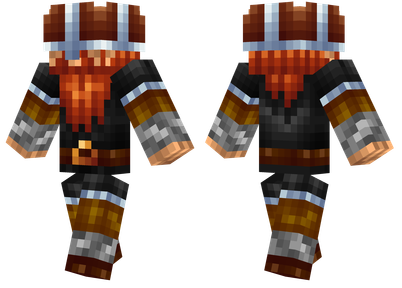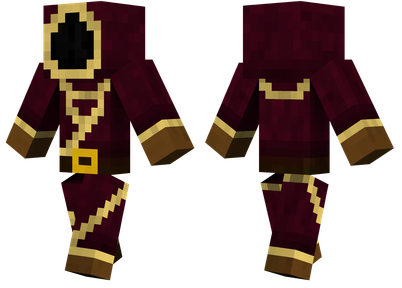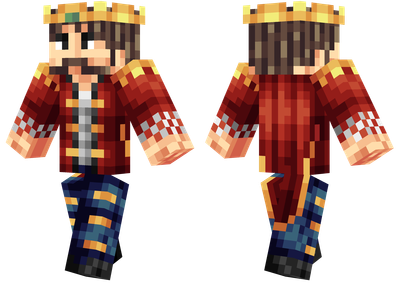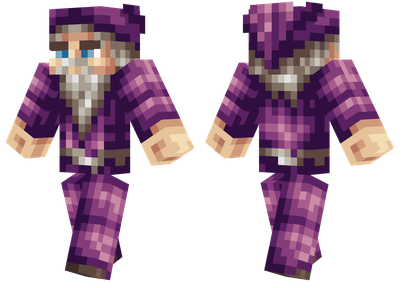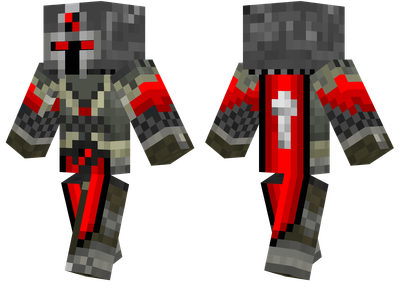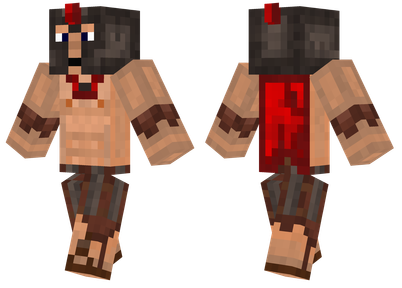This tutorial is set by the author to use the CC by-NC protocol.
Kolo's server support introduction
This article is based on the old version
Kolo's server support can be divided into four parts:
KoroWorld_Servercore's service core
A separate Java application, which is similar to the Minecraft core or Velocity core.
It is used to pass and synchronize information between the cores of different Minecraft servers (required supporting MOD support).
KoroWorld-Core's server supports core
Fabric Mod, installed on the Minecraft server.
Pre -front MOD: Fabric API
Modified Minecraft's message system for custom message formats and support template variables.
Koroworld-MESSAGE
Fabric Mod, installed on the Minecraft server.
Fabric API, KoroWorld-Core.
The operation requires deployment KoroWorld_Servercore.
For synchronous chat information between different servers.
KoroWorld-MESSAGE
Fabric Mod, installed on the Minecraft server.
Fabric API, KoroWorld-Core.
The operation requires deployment KoroWorld_Servercore.
It is used to synchronize items between different servers, support MOD items and items with special NBT.
Running principle
Configure KoroWorld_Servercore
From MCMOD or the author is the core of the download service of GitHub
Write the start script and run, the Java version should be 17 (the same method is the same as starting the Minecraft server/Velocity).
Java-Server-XMS512M-XMX512M-JAROWORLD_SERVERCORE-1.0.2.jar
Configure Koro's server support core (KoroWorld-Core)
As shown in the above, download and install Koro's server support core (KOROWORLD-CORE)
Start the Minecraft server and open the client to join the game.
The default chat column format:
Let's learn the custom chat format.
Open KoroWorld/Config/Core.Setting file in the server roots (if no, create it by yourself)
Copy the following files in
SystemName =Servername =
TimeTemplate =
ChatTemplate =
OPChatTemplate =
SystemTemplate =
ConnectBanner =
ConnectBannerForPlayer =
DisconnectBanner =
Introduction given by the author:
In this MOD, the system message format and the chat message format are defined by the template, and the template variable can also be used in the content.
The format of the template variable is: {variable name}
For example, the default player online broadcast template: {player} is here meow ~
After the analysis, it is: Kenroukoro comes meow ~ (Suppose it is Kenroukoro player online)
Variable description:
{player} Message Main player name
{Time} In the current time, the format is controlled by the time template
{Date} The current date, the format is controlled by the date template
{System} system name
{server} server name
{br} change line
{Now-Player} The player name of accepting information is limited to use in group information
{NUMBER-OF-PLAYER} Current number of online players
Message system supports Minecraft color code.
For example, set the server name A, and the player's chat format is [{server}] <{player}> {text}
serverName = a, use CerroLoad to overload the configuration.ChatTemplate = [{server}] <{player}> {text}
The effect is as follows
In addition, MOD also supports color codes, such as
ChatTemplate = §B [{server}] §E <{player}> §F {text}
Players can notify the service, and the offline notice can be configured according to this template.
Configure the message synchronization of KoroWorld-Message
Here we take server A, b as an example
As shown above, download and install the news synchronization of Koro (KoroWORLD-MESSAGE) (only the server)
Open KoroWorld_Servercore
Then open the Core.Setting file of server A and server B, and set two different ServerName.
Open the KoroWorld/Config/Message.Setting file in the a, B server root reference list (if there is no, create it by yourself)
Copy the following files in
wsserver = ws: //127.0.0.1: 18620MessageGroup = Group1
Wsserver's address for KoroWorld_Servercore, the default is WS: //127.0.0.1: 18620
MessageGroup is a message group, and the message between servers with the same grouping interoperability.
Open the A and B server, if the configuration is correct, KoroWorld_Servercore should have the following output:
Enter server A, send test messages, and find that server B also received the message and the configuration was completed.
Server A:
Server B:
Configure KoroWorld-ITEM (only the server, but if you use the serverCase, you need to install it)
Here we take server A, B as an example (A, b should have been connected to Velocity)
As shown in the above, download and install Koro's items synchronization (KOROWORLD-ITEM)
Open KoroWorld_Servercore
Then open the Core.Setting file of server A and server B, and set two different ServerName.
Open the KoroWorld/Config/Item.Setting file in the roots of the A, B server (if there is no, create it by yourself)
Copy the following files in
servercaseenable = falseItemSYNCHronizationNable = TRUE
Itemgroup = group1
Httpserver = http://127.0.0.0.1: 18620
Servercaseenable is a machine block that is used for the automated production line connection of players between different servers and closed by default.
ItemSynchronizationNable is a backpack synchronous switch, which is opened by default.
Itemgroup is a synchronous group for items, and automatically synchronizes backpacks between the same servers.
The address of HTTPSERVER is the address of KoroWorld_Servercore, and the default is http://127.0.0.1:18620
Open the A and B server to test items synchronization.
Server A:
Then use the velocity instruction to send the player to the server B
Server B:
The items are successfully synchronized and the configuration is complete.



